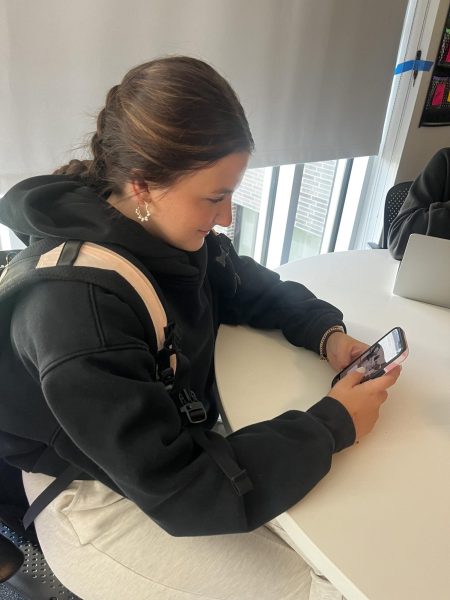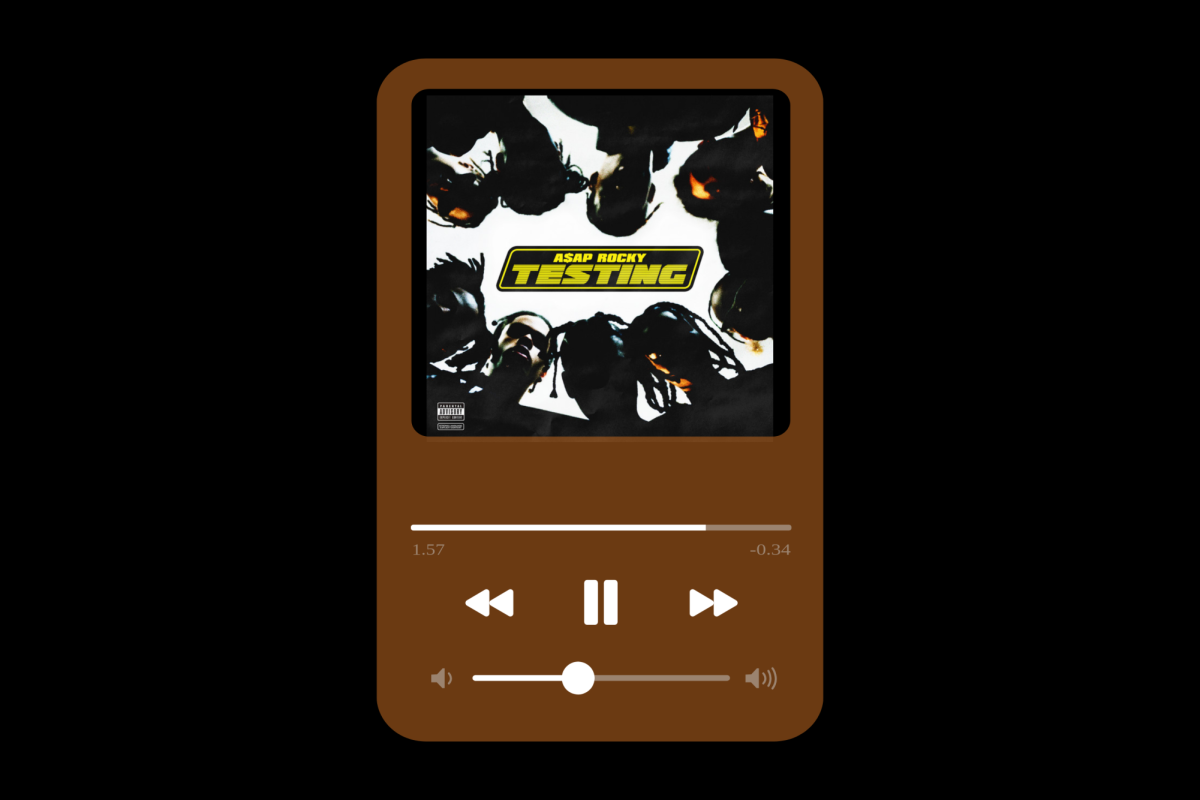Minnesota’s new phone policies, which aim to curb distractions in class and improve students’ focus, are receiving mixed reactions from students.
While some students appreciate this new change in classrooms and the emphasis on learning, others struggle to adapt to stricter regulations that limit phone use during school hours. This shift has marked a significant change in how schools balance the need for technology in their everyday learning with the growing concerns over students’ well-being and academic performance. There have been many new rules, strictness, enforcement, and student reception.
Several schools in Minnesota have pushed for strict “phone-free” policies, where students must either leave their phones in lockers or backpacks or place them in designated storage bins, which some students will call “phone jail.” In districts like St. Paul and Minneapolis, these policies have been implemented to reduce distractions in the classroom and encourage face-to-face interactions.
Other schools, like Sartell High School and other surrounding schools, allow students to carry their phones but restrict usage to non-instructional times, such as lunch breaks and between classes. With this middle-ground approach, students can keep their phones on them, but any use during class hours can result in certain disciplinary consequences, including confiscation of the phone.
“I think the phone policy has been really good, I think it helps kids focus,” says Brad Scherer, a teacher at Sartell High School. ” I could only imagine having endless distractions in class as a 16-17-year-old. As a teacher, I think that education is important for all, and I don’t want to have to compete with TikTok and Snapchat during lectures.”
Other schools have taken a severe approach, allowing their students to have their phones on them but in a locked pouch during school hours. At the start of the day, students will place their phones in these pouches, which are only unlocked at the end of the school day. This policy has gained popularity around the state for its ability to ensure phones are present but unusable, providing a compromise between banning phones and unrestricted use.

Student responses to these new policies have been varied. Some students have learned to appreciate the reduced pressure to constantly look at their notifications, while other students feel like schools are being overly restrictive. Students have noticed that they miss the convenience of pulling out their phones for quick research or to communicate with parents/family during emergencies.
“I don’t like the phone policy because in some classes you need your phone for certain projects or research and some teachers will yell at you to get off your phone when you have permission to be on your phone,” says Aubrey, a high school senior from Sartell. ” I think is also unfair that teachers are allowed to walk around on their phones as well.”
On the other hand, some students have positively adjusted to the changes, recognizing the benefits of less screen time during school.
“I feel like I focus better without my phone nearby,” explains Sophia, a senior from Sartell High School. “I feel like I am more present in class, and I’m not always checking my notifications and social media.”






















